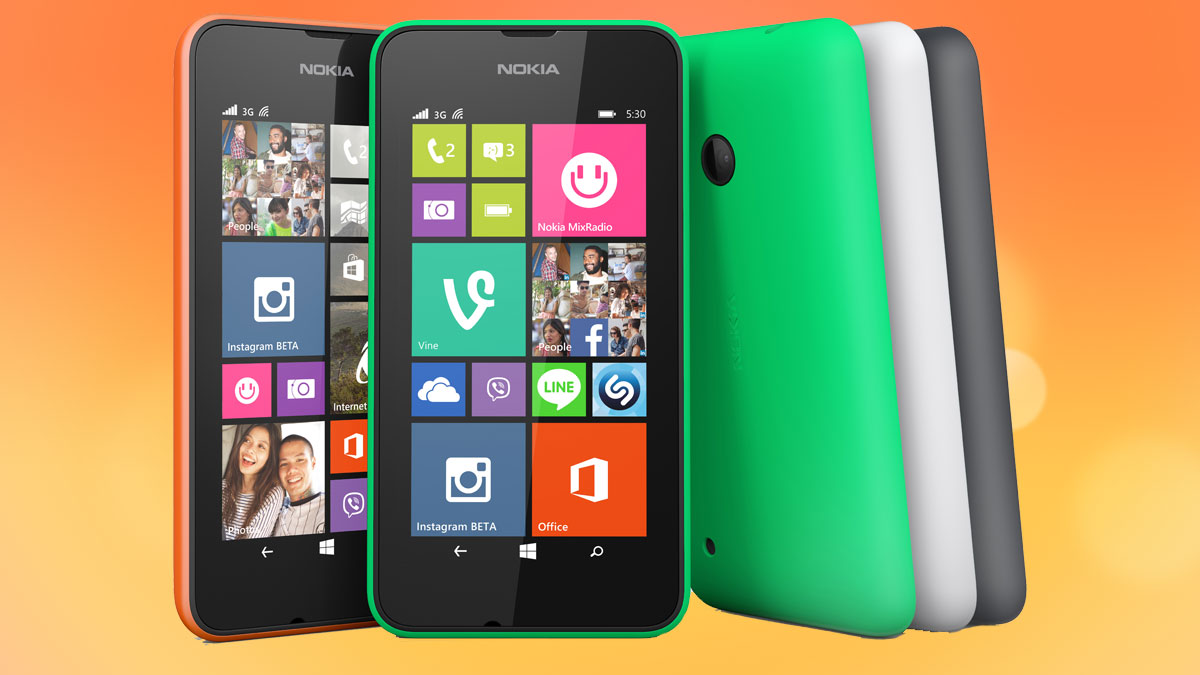Nokia Lumia 530 arrives to make Windows Phone ridiculously cheap
Windows Phone on the cheap

Microsoft has rebooted the entry level offering of its new handset division with the introduction of the Nokia Lumia 530, a low-end device promising to be "the most affordable Lumia to date."
Following on from the impressive Lumia 520, the Lumia 530 enters the bottom end of the market which has seen increased competition over the last 12 months with the likes of the Moto G, Moto E, EE Kestrel, Vodafone Smart 4 Mini and Lumia 630 all entering the fray.
Comparing the new Lumia 530 to the Lumia 520, there are a few small improvements. The processor has been bumped from dual-core to a 1.2GHz quad-core Snapdragon 200 chip, the 4-inch screen resolution gets a very slight increase to 854 x 480 while screen size and the 512MB of RAM stay the same.
Minor improvements
Internal storage has taken a bit of a beating, being halved from 8GB in the 520 to just 4GB in the Lumia 530, although the saving grace for the latter is the inclusion of a microSD slot which supports cards up to 128GB in size.
There's still no front facing camera on the bottom of the range Nokia, while you'll find the same 5MP snapper round the back - again with no flash, just like on the Lumia 520.
The Nokia Lumia 530 also comes packing Windows Phone 8.1 - the latest iteration of Microsoft's mobile platform.
Microsoft has pegged the global Nokia Lumia 530 release date for August, with an estimated retail price of €85 (around £70, $115, AU$120). That's seriously cheap and sets another stake in the battleground with some Android manufacturers hoping to nab consumers looking to spend very little on their phone.
Get daily insight, inspiration and deals in your inbox
Sign up for breaking news, reviews, opinion, top tech deals, and more.

TechRadar's former Global Managing Editor, John has been a technology journalist for more than a decade, and over the years has built up a vast knowledge of the tech industry. He’s interviewed CEOs from some of the world’s biggest tech firms, visited their HQs, and appeared on live TV and radio, including Sky News, BBC News, BBC World News, Al Jazeera, LBC, and BBC Radio 4.